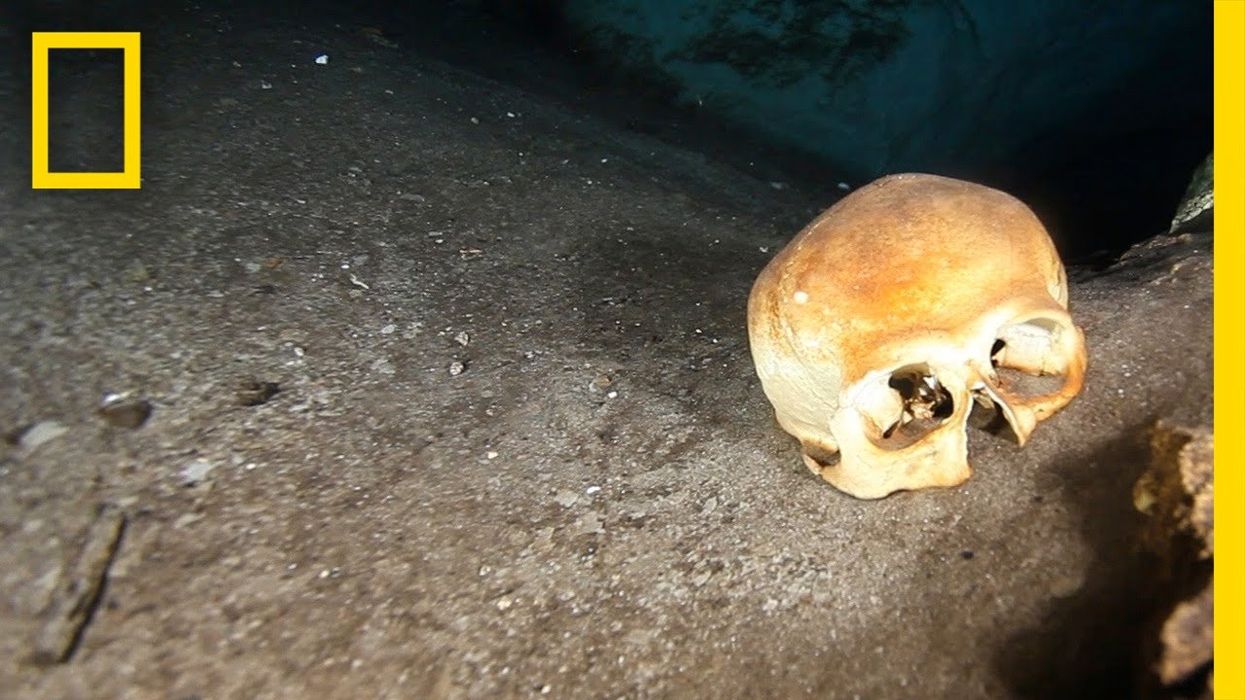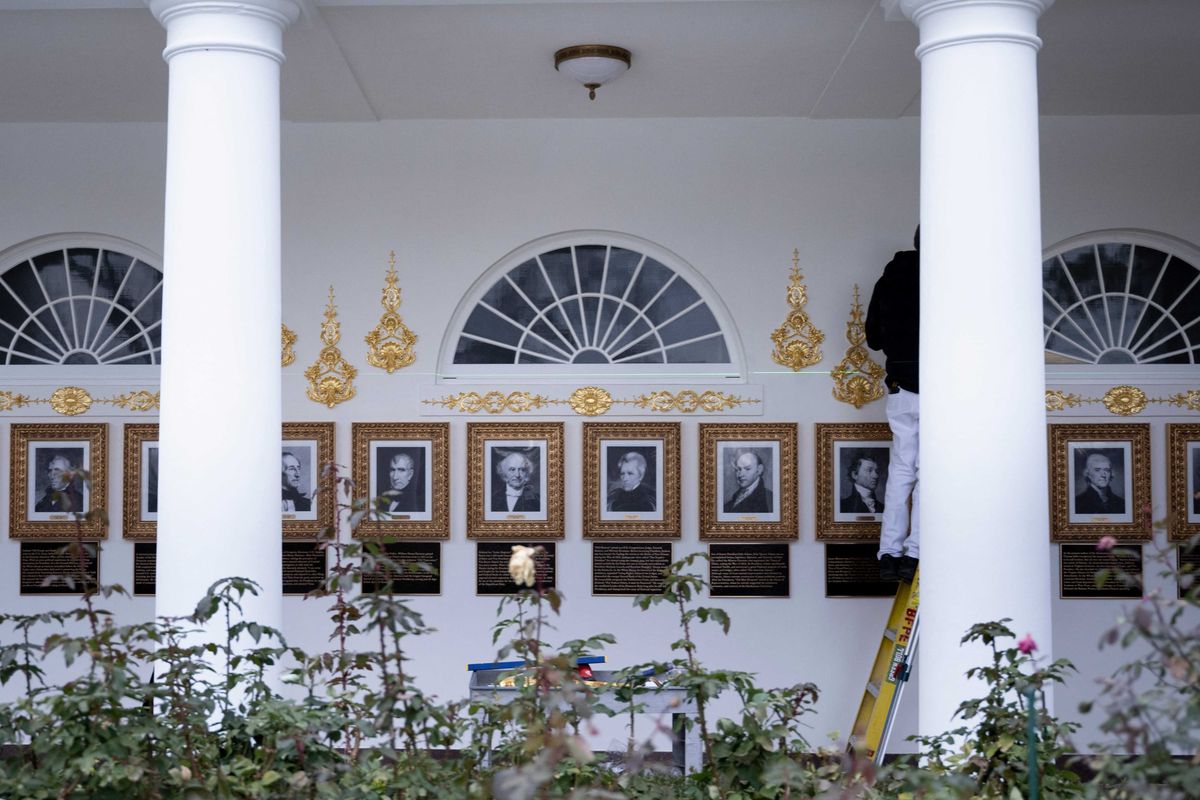Science & Tech
Alex Daniel
Nov 29, 2023
Skulls Found in "Evil" Maya Sinkhole | National Geographic
When archaeologists explored an underwater cavern in southern Mexico in 2014, they were shocked by what they found.
The cavern is known as Sac Uayum, and is located in Mexico’s Yucatán peninsula. It is technically a cenote – a natural pit that comes about after limestone bedrock collapses, exposing groundwater beneath.
Local villagers were said to be terrified of the spot, because pits like this were sometimes used by the ancient Maya for sacrificial offerings.
Archaeologist Bradley Russell, from College of St Rose, and a group of divers scaled down roughly 20 metres into the unknown. Inside the pit were two chambers with human bones and skulls scattered across the floors of each.
The skulls were elongated, as part of an ancient practice that is thought to have involved flattening people’s heads during infancy. Archaeologists still don’t know why the ancient culture did this – but it ain't pretty.
The cenote sits just outside the ruins of the ancient Maya city of Mayapán, and the researchers think this shows that, like the modern day locals, the ancient Mayans kept their distance too.
Local legend says that Sac Uayum is guarded by a feathered, horse-headed serpent. Older residents of the nearby village of Telchaquillo tell stories of people seeing the serpent perching in a tree, leaping up, spinning around three times, and diving into the water.
Russell explained to National Geographic that the sinkhole is said to be “evil”.
“To this day, people do not get drinking water from that cenote, it is generally considered taboo.
“It’s off-limits, people do not let their children plan near there and there’s a lot of beliefs around this cenote having evil forces or malevolent forces associated with it.
“Cenotes are important because the main access to the water that you get is through these sinkholes.
“They are also believed to be access to the Mayan underworld and the homes of Gods.
“Mayapan is a large city, it’s incredibly dense, there’s nothing like it in the classic period, it’s incredibly dense for Maya history, there’s nothing quite like it.”
He added that the location of Sac Uayum – south of Mayapan – is a clue as to what was going on. In Maya beliefs, south is the direction associated with the underworld. Alternatively, Russell also suggested they could have been plague victims.
"You wouldn't want them near the rest of the population. And you wouldn't want to drink the water either.”
How to join the indy100's free WhatsApp channel
Sign up to our free indy100 weekly newsletter
Have your say in our news democracy. Click the upvote icon at the top of the page to help raise this article through the indy100 rankings.
Top 100
The Conversation (0)














